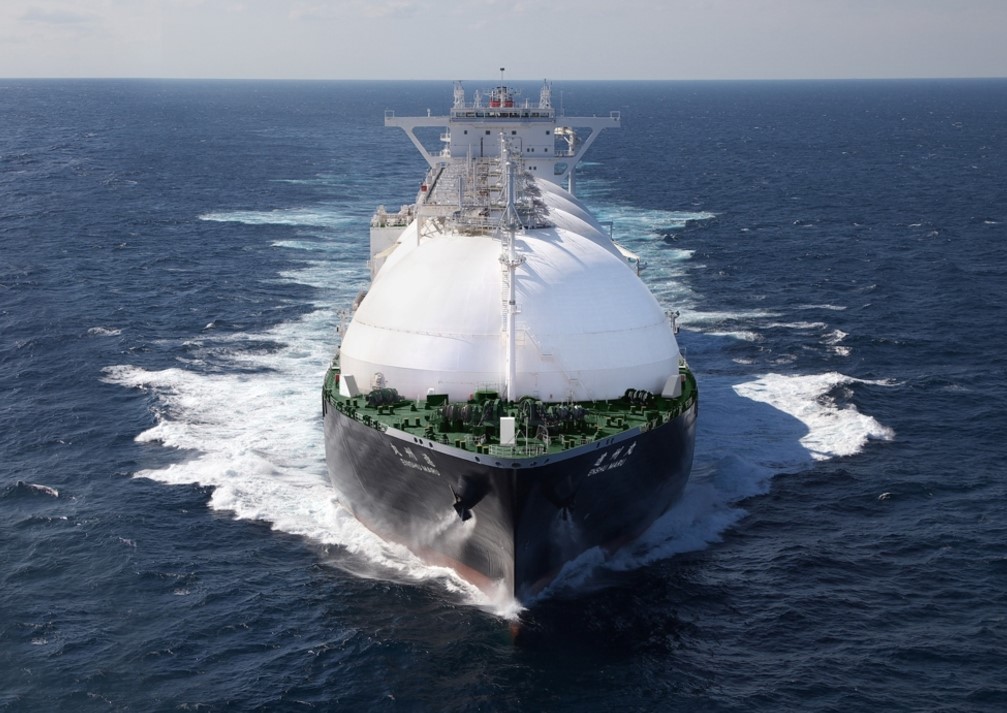This story requires a subscription
This includes a single user license.
According to K Line’s latest financial report, the firm had 46 LNG carriers in its fleet as of the end of September this year.
This includes 44 owned or co-owned vessels and two chartered ships.
In addition, K Line had 20 LNG carriers on order as of the end of September.
Six of these vessels are expected to be delivered in 2025, and 14 vessels are scheduled for delivery in 2026.
Following last year’s 12 vessels, K Line this year concluded additional shipbuilding contracts and long-term time charter contracts for 4 LNG carriers with LNG giant QatarEnergy as part of the latter’s massive shipbuilding program.
These four 174,000-cbm LNG carriers will be built by South Korean shipbuilder Hanwha Ocean for about $920 million.
K Line and Hyundai Glovis will own these vessels.
“As demand for transitional fuels such as LNG increases, our fleet of 65 vessels planned for FY2026 is nearly confirmed,” K Line said in the report.
“And we plan to expand our fleet to 75 vessels or more by FY2030, mainly through long-term charter contracts, it said.
LNG-powered ships
Besides LNG carriers, K Line is also building a large fleet of LNG-powered vessels, as part of its plans to slash emissions.
The shipping firm said in the report that five LNG-fueled car carriers have already joined its fleet.
K Line recently took delivery of the 7,000-ceu LNG dual-fuel PCTC, Poseidon Highway, built by Imabari Shipbuilding.
The company previously revealed it aims to have about 40 LNG-powered vessels in its fleet by 2030.
Earlier this year, the firm also took delivery of its first capesize bulk carrier equipped with a dual-fuel diesel engine that utilizes LNG as its primary fuel.
In addition to LNG-fueled vessels, K Line’s fleet also includes one LNG bunkering vessel.

